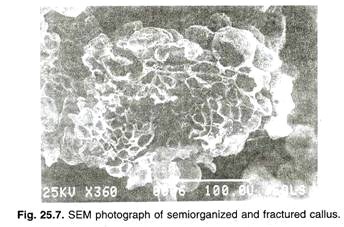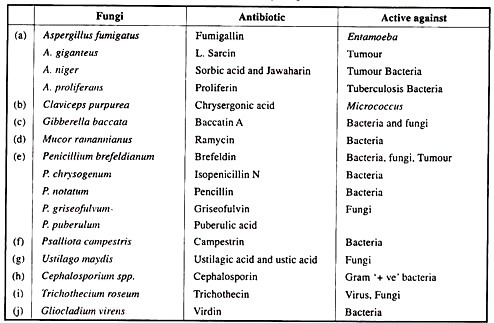Seeds are ripened fertilized ovules and are the principal means of perpetuation of the species.
It consists of an embryonic plant, reserve food and protective seed coat. A new generation starts the formation of seed. The embryo in the seed consists of embryonal axis and the cotyledons.
The embryonal consists of two parts, radicle (embryonic root) and plumule (embryonic shoot). The radicle develops into the root and the plumule gives rise to the shoot.
The cotyledons are embryonic leaves with stored food material, the dicot plants have two cotyledons and monocots have only one cotyledon.
In some seeds, food is stored in the endosperm. The seeds which store food material in endosperm are termed as endospermic or albuminous seeds. The seeds which store food in cotyledons (endosperm absent) are called non -endospermic or ex-albuminous seeds. The seed is covered by a seed coat which provides necessary protection to the developing embryo. The seed coat is two layered, outer one is called the testa and the inner one the tegmen. The seed coat has a tiny aperture called the micropyle which allows water to go inside the seed.
Example:
Structure of maize grain (monocot seed):
It is one seeded fruit or grain made of the following parts (Fig. 4.16 i):
Seed coat:
It is the outer brownish layer of the grain. In this, seed and fruit wall are fused together.
Endosperm:
It comprises the major part of grain and is filled with reserve food. It is composed of two regions: outer single layered aleurone layer, mainly made up of aleurone protein and inner starchy endosperm. It is separated from embryo by a layer called epithelium.
Embryo:
It contains a single lateral cotyledon called scutellum and embryo axis with plumule and radicle are at its two ends. Root cap protects the tip of radicle. Radicle is surrounded by a protective sheath called coleorhizae. Plumule is also protected by a covered sheath known as coleoptile.
Structure of Bean seed (dicot seed):
It is a true seed formed inside a fruit called the pod legume. There are many seeds in a pod. The seed is attached to the pod by funiculus or seed ilk (Fig. 4.16 ii)
Seed coat:
There are two seed coats called testa and tegmen, they are fused with each other. The pericarp remains free from testa.
Endosperm:
In this seed there is no endosperm, as nucellus, the nutritive issue is cosumed during seed development. Most of the food of the seed is stored in the cotyledons. The cells of the cotyledons are thin walled and their protoplasm filled with protein, fats and starch grains.
Embryo:
It contains of two fleshy cotyledons and embryo axis with radicle and plumuls Radicle and plumule are not covered by any protective sheath.
Dispersal of Seeds and Fruits:
As seeds contain the miniature but dormant future plant, their dissemination is crucial ft the distribution of plants over a wide geographical area.
Dispersal by wind:
Dispersal of seeds and fruits of a large number of plants takes place by wind. There are various devices like pappus, hair, wings etc. which help the seeds and fruits to be carried away to a shorter or long distance.
(i) Wings:
Seeds and fruits of many plants develop one or more thin, membranous wings for dispersal by the wind, e.g. Sal.
(ii) Parachute mechanism:
In many plants calyx is modified into hair-like structure called as pappus. This pappus is persistent in fruit and acts like a parachute which help in the dispersal of fruit by wind, e.g. marigold.
(iii) Censer menhanism:
In some plants the fruit swings in the air to and fro resulting into dispersal of seeds, e.g. poppy.
(iv) Hairs:
A tuft of dense hairs around the seed and fruit is helpful for dispersal by wind, e.g. cotton, madar.
(v) Hairy style:
In some fruits the styles are hairy and persistent which are helpful in their distribution by wind, e.g. Clematis, Narvelia.
(vi) Light seed and fruits:
In some plants seed and fruit are light and minute in size due to which they can float in the air, reaching shorter or longer distances, e.g. orchids, Cinchona.
Dispersal by water:
In aquatic and water-side plants, dispersion of seed and fruits takes place by water. Such seed and fruits develop floating devise, the fibrous fruits of coconut can float long distance in the sea without any injury. Seeds of some plants are water proof and usually float on water surface, e.g. Alisma, Sagitaria.
Dispersal by animals:
Seed and fruits of some plants are provided with stiff hair, spines, sticky glands and hooks on their outer surface. By mean of these structures they stick to the body of animals and carried away to distant places, e.g. Xanthium.
Mechanical dispersal:
In this case fruits dry up on maturity and exert pressure on pericarp due to which the seeds are thrown out with a jerk, with the result that seeds are scattered on all sides, e.g. Balsam.

